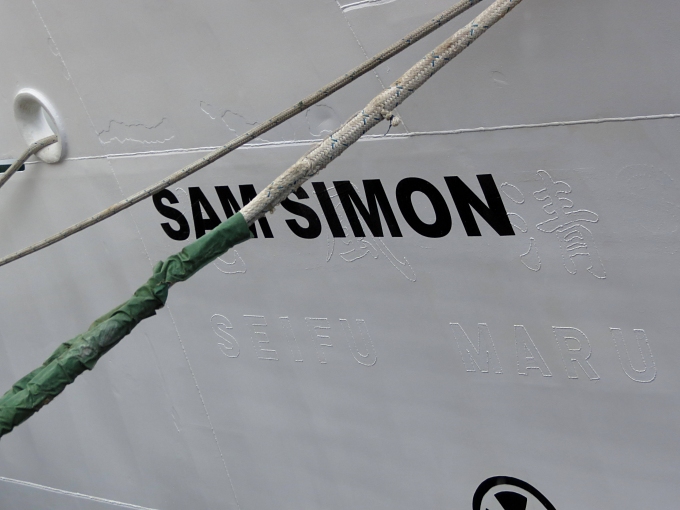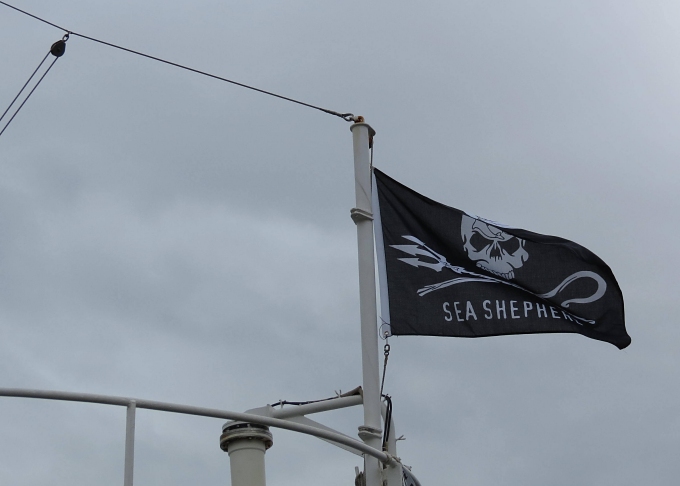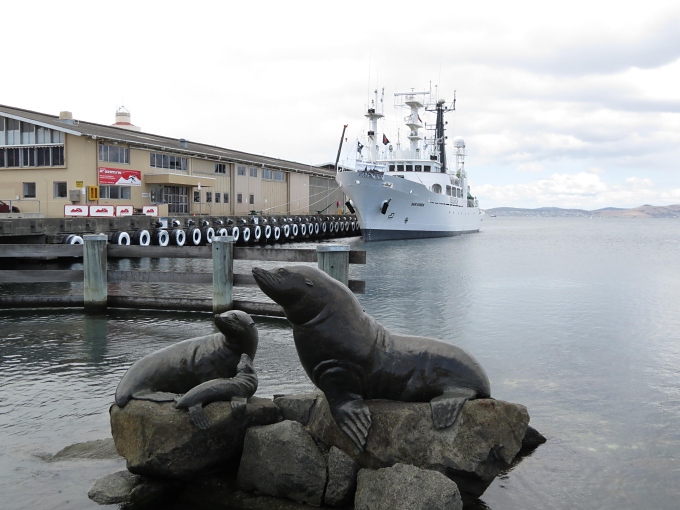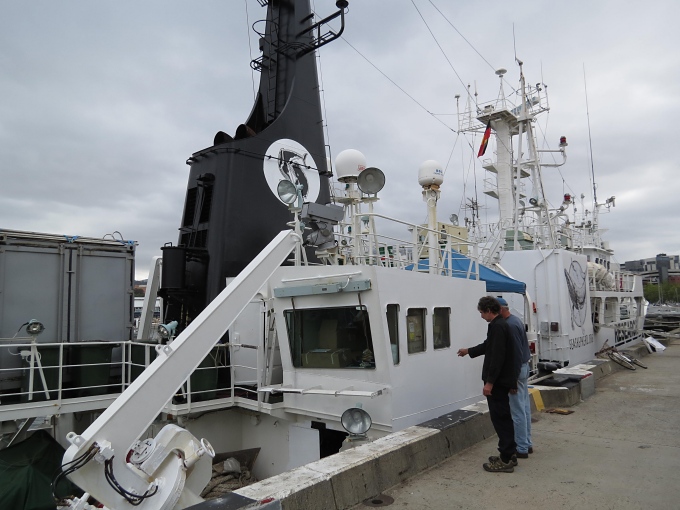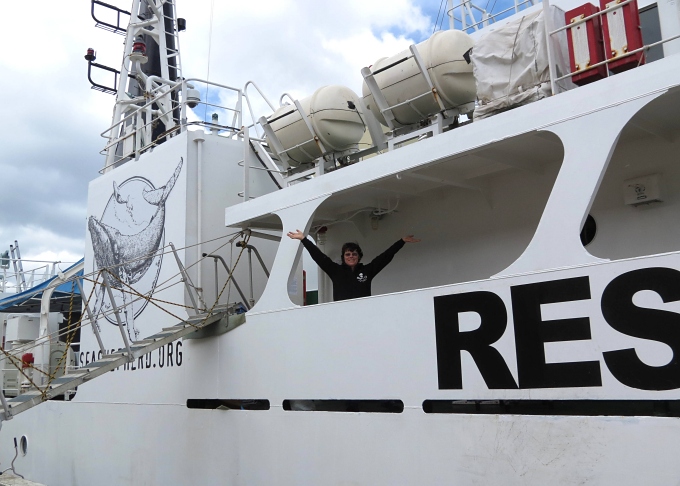On the Airwaves
/Gentry, blog mistress extraordinaire, forwarded us an email from our Just a Little Further blogsite. Damian from ABC Radio in Hobart (that's the Australian Broadcasting Company not the American version) had just read our blog about walking in the Queen's Domain. ABC was interested in chatting with us about our sailing adventures and our time here in Tasmania. Wow!
We rang them up. “Could we come to the studio for an 0720 broadcast tomorrow morning?”, Jo, the producer asked. “Absolutely!” The studio is about a 10 minute walk from the wharf and we reckoned we could pull ourselves together and get there by 0715 without too much trouble. At that time of the day, we were pleased it was radio considering we looked a bit windblown by the time we appeared at the studio's front entrance. We arrived early and paced around for ten minutes before ringing the entry buzzer. Jo met us at the door as planned and showed us into a waiting area. We hadn't been in a radio studio before … ever. This is ABC's radio and television broadcasting center in Tasmania and it's pretty plush.
Talking live on a radio program would be a new adventure for us. They hadn't provided any questions in advance, so there was no prepping or preparing. I concentrated on not saying “ah” and “uh” too much and hoped the words I was thinking would actually come out of my mouth. I cleared my throat a lot while we waited. I asked for some water.
Jo ushered us into the studio at around 0715 and we sat opposite Ryk Goddard, the young, good-looking, affable morning talk show host. Jo got us settled. We put on the headphones and sat in front of the microphones. Hopefully, there would be no trick questions. And then we were talking with Ryk. He introduced us while he adjusted knobs and dials, looked at his computer to see who had just “tweeted”, consulted several monitors and generally multi-tasked to the Nth degree...all the while chatting into the microphone. Things happen quickly.
There was no need for nervousness. Ryk seemed genuinely interested and asked some good questions.
“How did you start your journey?”, “How do you stay financially afloat?”, “David, where do you go when you're in the doghouse?”, “Where haven't you been?”. In between several other tasks, Jo appeared once again and snapped photos for us while we answered Ryk's questions. All in all, a delightful 8-minute experience that left us high for several hours after. As we said goodbye and left the studio, Jo had already e-mailed us a digital copy of the interview. Talk about efficiency. Now we can listen to ourselves talk.








